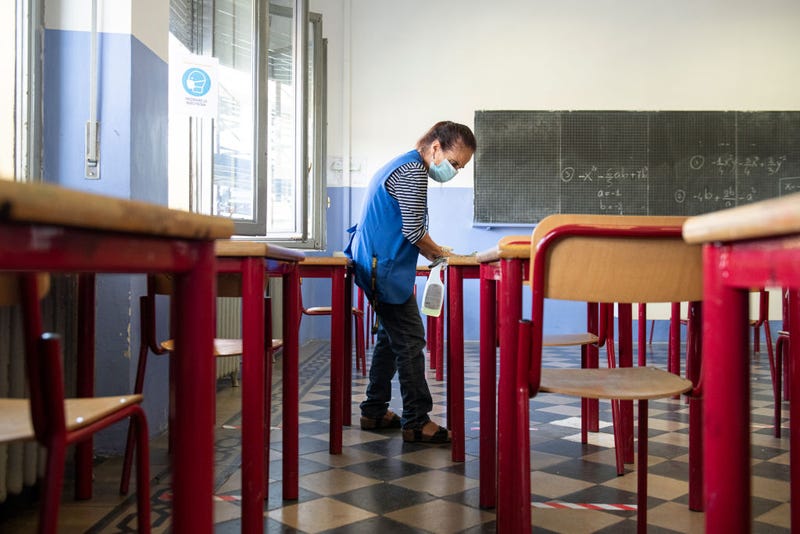
SAN FRANCISCO (KCBS RADIO) – On the 68th anniversary of Brown v. Board of Education, Stanford and the University of Southern California have released new data on segregation in United States schools, announcing a tool that will track school segregation into the future.
For more, stream KCBS Radio now.
School segregation has been unconstitutional for almost 70 years, but researchers found that it is persistent and rising in large school districts, Professor Ann Owens with the University of Southern California Price Center for Social Innovation and the USC Dornsife College told KCBS Radio.
"When schools are segregated, they're unequal in terms of both resources they can provide and children's outcomes," she said. "We know that achievement gaps between racial groups and between higher and lower income children are larger when school segregation is higher."
Residential segregation and school choice policies both contribute to school segregation. "Segregation both reflects and perpetuates the profound racial and economic inequalities in the country, giving kids an unequal start," Owens explained.
A 2020 study led by Brightbeam — a nonprofit network of education activists — found that in Oakland, 63% of white kids are proficient in math, while only 17% of Latinx kids and 12% of Black kids are. Reading proficiencies were similar with 71% of white kids in Oakland deemed proficient, 24% of Latinx kids and 19% of Black kids. San Francisco also had big education gaps, with a 58% difference in white K-12 students versus Black.
However, before the U.S. is able to address segregation, Owens said we need high quality data to monitor it.
To provide updated information on both school and neighborhood segregation, Owens and Stanford sociologist Sean Rearden created an index which will assist policymakers, journalists, the public and researchers.
In the meantime, combating rising segregation is not on school districts alone, Owens said. "Residential segregation and other systemic inequalities play a big role, so reducing school segregation has to be part of a coordinated effort to address inequalities from housing, urban education and economic policy makers," she stated.
DOWNLOAD the Audacy App
SIGN UP and follow KCBS Radio
Facebook | Twitter | Instagram

